Partitions Numériques8
Matériel de Musique1 090
STUDIO |
SONO |
LUMIERE |
DEEJAY |
MICROPHONE |
MARQUES |
GUITARE |
CLAVIER |
PERCUSSION |
CUIVRE / VENT
|
NOËL
|
CORDES/TRAD.
|
R.AVANCÉE
8 partitions trouvées


 Bach: Bist du bei mir BWV 508 for Euphonium & Piano #Euphonium, Piano (duo) #FACILE #Classique #Johann Sebastian Bach #James M #Bach: Bist du bei mir BWV 508 #jmsgu3 #SheetMusicPlus
Bach: Bist du bei mir BWV 508 for Euphonium & Piano #Euphonium, Piano (duo) #FACILE #Classique #Johann Sebastian Bach #James M #Bach: Bist du bei mir BWV 508 #jmsgu3 #SheetMusicPlus
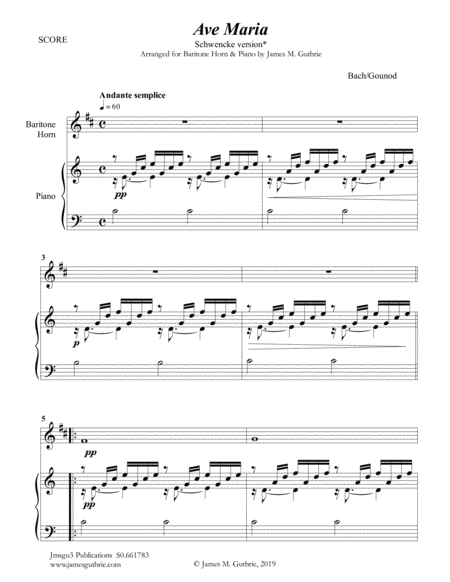

 Bach-Gounod: Ave Maria, Schwencke version for Baritone Horn & Piano #Euphonium, Piano (duo) #FACILE #J #James M #Bach-Gounod: Ave Maria, Schwen #jmsgu3 #SheetMusicPlus
Bach-Gounod: Ave Maria, Schwencke version for Baritone Horn & Piano #Euphonium, Piano (duo) #FACILE #J #James M #Bach-Gounod: Ave Maria, Schwen #jmsgu3 #SheetMusicPlus
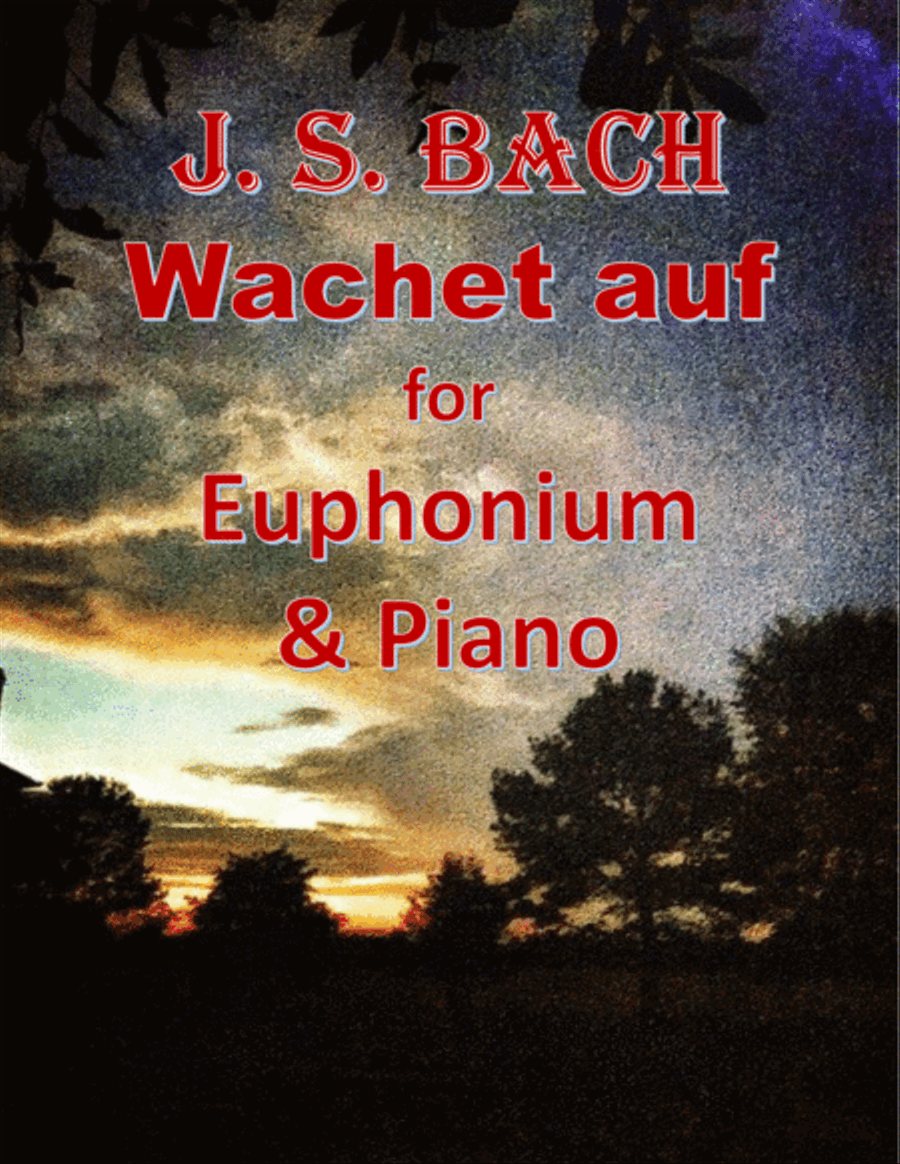

 Bach: Wachet auf for Euphonium & Piano #Euphonium, Piano (duo) #FACILE #Classique #Johann Sebastian Bach #James M # #Bach: Wachet auf for Euphonium #jmsgu3 #SheetMusicPlus
Bach: Wachet auf for Euphonium & Piano #Euphonium, Piano (duo) #FACILE #Classique #Johann Sebastian Bach #James M # #Bach: Wachet auf for Euphonium #jmsgu3 #SheetMusicPlus


 Bach-Gounod: Ave Maria for Euphonium & Piano #Euphonium, Piano (duo) #FACILE #Bach-Gounod #James M #Bach-Gounod: Ave Maria for Eup #jmsgu3 #SheetMusicPlus
Bach-Gounod: Ave Maria for Euphonium & Piano #Euphonium, Piano (duo) #FACILE #Bach-Gounod #James M #Bach-Gounod: Ave Maria for Eup #jmsgu3 #SheetMusicPlus
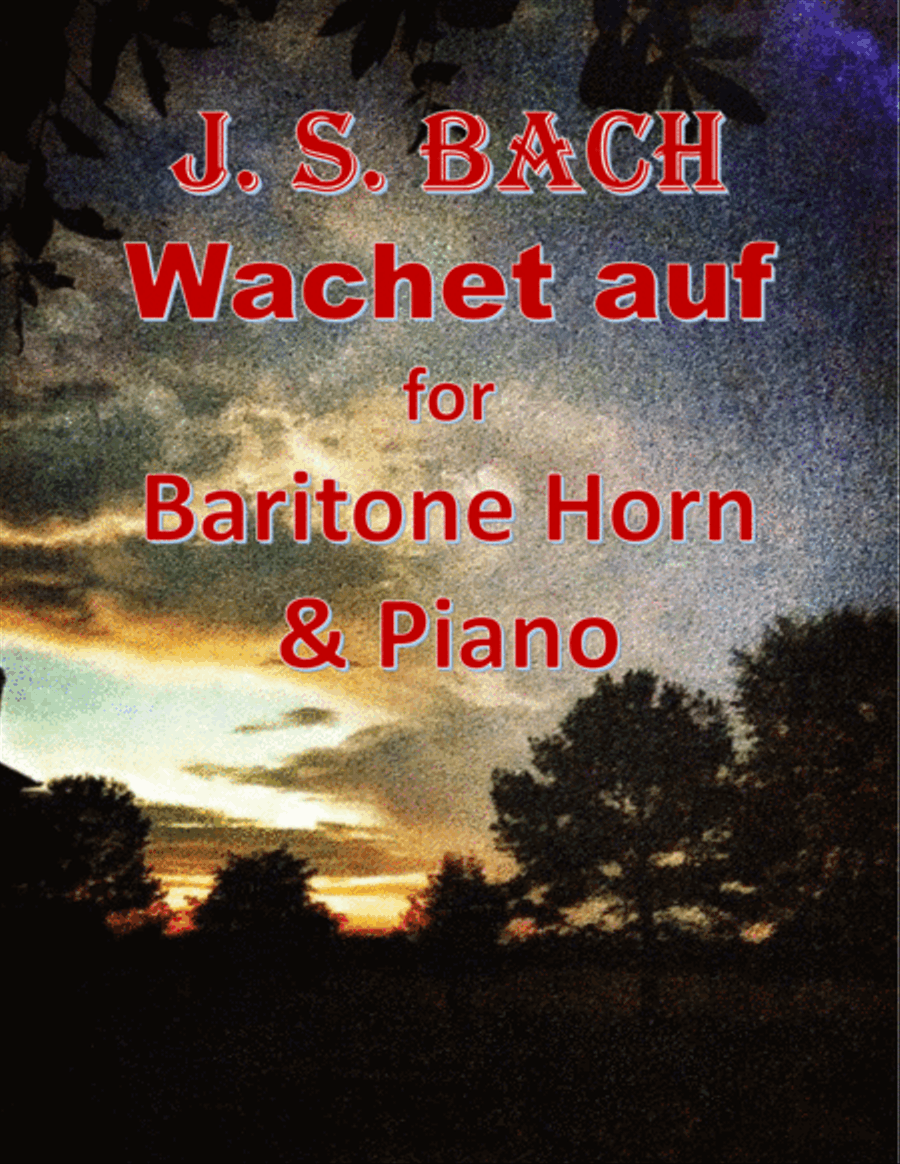

 Bach: Wachet auf for Baritone Horn & Piano #Euphonium, Piano (duo) #FACILE #Classique #Johann Sebastian Bach #James M # #Bach: Wachet auf for Baritone #jmsgu3 #SheetMusicPlus
Bach: Wachet auf for Baritone Horn & Piano #Euphonium, Piano (duo) #FACILE #Classique #Johann Sebastian Bach #James M # #Bach: Wachet auf for Baritone #jmsgu3 #SheetMusicPlus
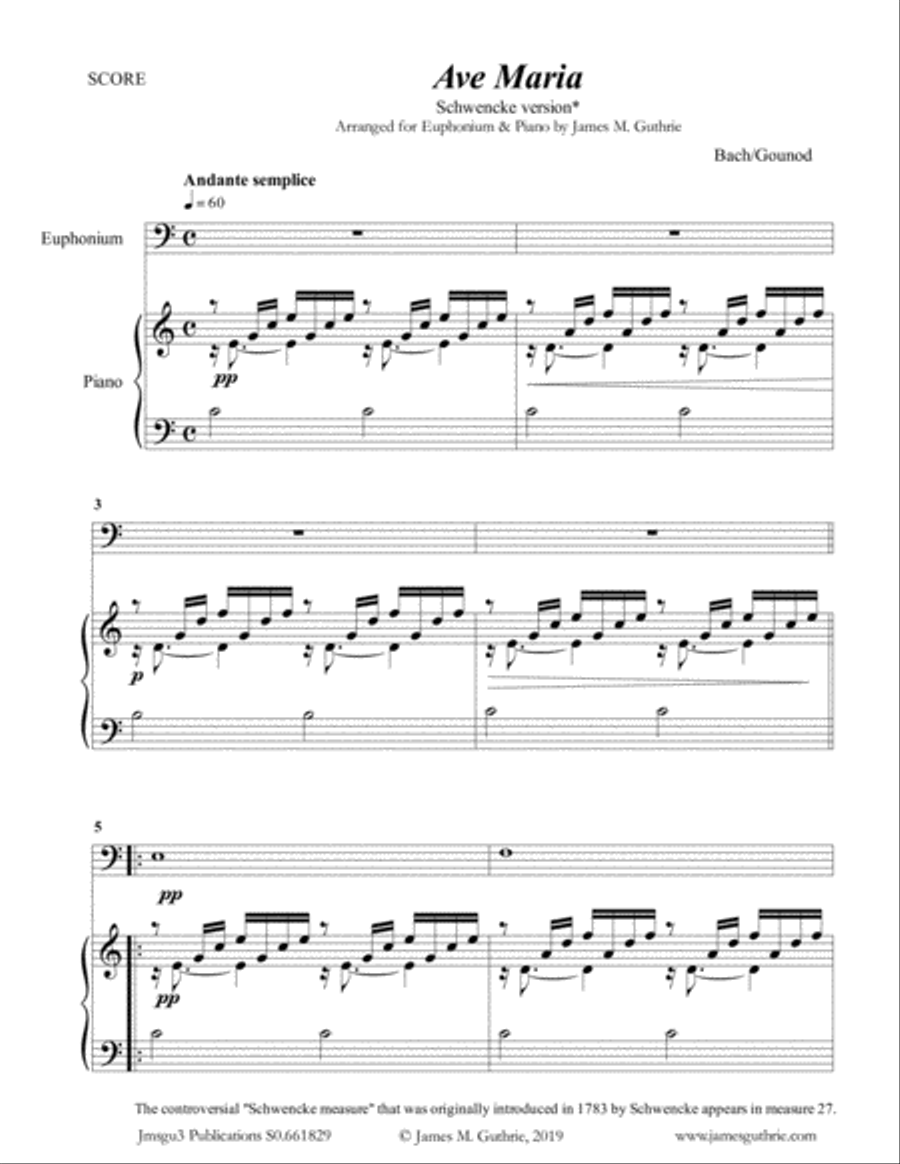

 Bach-Gounod: Ave Maria, Schwencke version for Euphonium & Piano #Euphonium, Piano (duo) #FACILE #J #James M #Bach-Gounod: Ave Maria, Schwen #jmsgu3 #SheetMusicPlus
Bach-Gounod: Ave Maria, Schwencke version for Euphonium & Piano #Euphonium, Piano (duo) #FACILE #J #James M #Bach-Gounod: Ave Maria, Schwen #jmsgu3 #SheetMusicPlus


 Bach-Gounod: Ave Maria for Baritone (or Euphonium) and Piano #Euphonium, Piano (duo) #FACILE #J S Bach-Gounod #Colin Kirkpatrick #Bach-Gounod: Ave Maria for Bar #Colin Kirkpatrick Publications #SheetMusicPlus
Bach-Gounod: Ave Maria for Baritone (or Euphonium) and Piano #Euphonium, Piano (duo) #FACILE #J S Bach-Gounod #Colin Kirkpatrick #Bach-Gounod: Ave Maria for Bar #Colin Kirkpatrick Publications #SheetMusicPlus
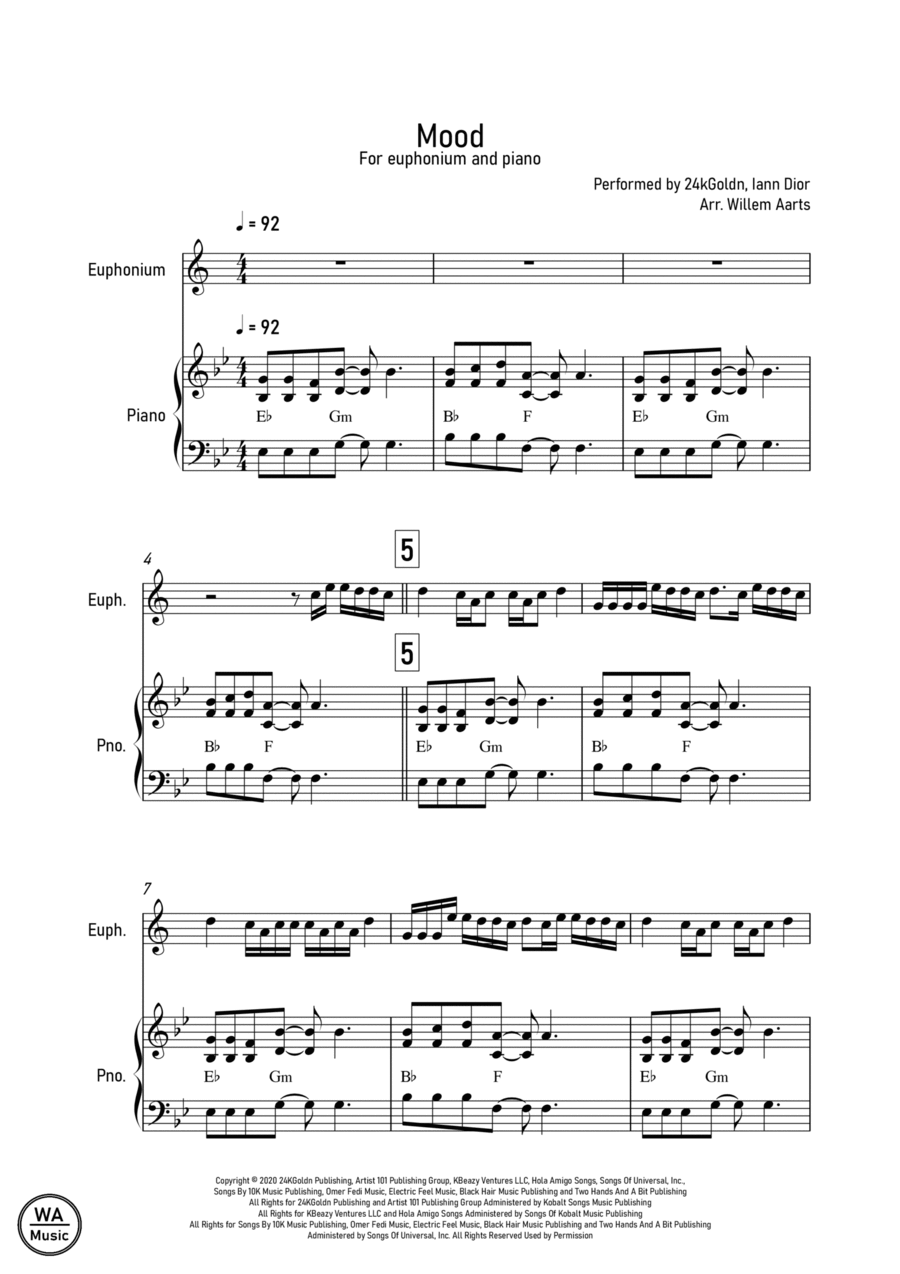

 Mood #Euphonium, Piano (duo) #FACILE #Pop musique #24Kgoldn Feat #Willem Aarts #Mood #Willem Aarts #SheetMusicPlus
Mood #Euphonium, Piano (duo) #FACILE #Pop musique #24Kgoldn Feat #Willem Aarts #Mood #Willem Aarts #SheetMusicPlus
Bach: Bist du bei mir BWV 508 for Euphonium & Piano



Euphonium,Piano - Level 2 - SKU: A0.549222 Composed by Johann Sebastian Bach. Arranged by James M. Guthrie, ASCAP. Baroque,Holiday,Standards,Wedding. Sc...(+)
Bach-Gounod: Ave Maria, Schwencke version for Baritone Horn & Piano



Euphonium,Piano - Level 2 - SKU: A0.550923 Composed by J. S. Bach - Gounod. Arranged by James M. Guthrie, ASCAP. Christmas,Easter,Standards. Score and p...(+)
Bach: Wachet auf for Euphonium & Piano



Euphonium,Piano - Level 2 - SKU: A0.549854 Composed by Johann Sebastian Bach. Arranged by James M. Guthrie, ASCAP. Baroque,Concert,Easter,Sacred,Standar...(+)
Bach-Gounod: Ave Maria for Euphonium & Piano



Euphonium,Piano - Level 2 - SKU: A0.549370 Composed by Bach-Gounod. Arranged by James M. Guthrie, ASCAP. Christmas,Contemporary,Easter,Wedding. Score an...(+)
Bach: Wachet auf for Baritone Horn & Piano



Euphonium,Piano - Level 2 - SKU: A0.549852 Composed by Johann Sebastian Bach. Arranged by James M. Guthrie, ASCAP. Baroque,Concert,Easter,Sacred,Standar...(+)
Bach-Gounod: Ave Maria, Schwencke version for Euphonium & Piano



Euphonium,Piano - Level 2 - SKU: A0.550927 Composed by J. S. Bach - Gounod. Arranged by James M. Guthrie, ASCAP. Christmas,Easter,Standards. Score and p...(+)
Bach-Gounod: Ave Maria for Baritone (or Euphonium) and Piano



Euphonium,Piano - Level 2 - SKU: A0.1310506 Composed by J S Bach-Gounod. Arranged by Colin Kirkpatrick. Instructional,Religious,Sacred,Wedding. Score an...(+)
Mood



Euphonium,Piano - Level 2 - SKU: A0.822381 By 24Kgoldn Feat. Iann Dior. By Blake Slatkin, Golden Landis Von Jones, Keegan Bach, Michael Olmo, and Omer F...(+)







